Student loan debt is higher than ever, with 44 million Americans owing $1.48 trillion on their student loans. In fact, the average Class of 2017 graduate left school owing $39,400.
Assuming a 4.45% interest rate and a 10-year repayment plan, a balance of that size would require a monthly payment of $407.
That’s a serious burden for new graduates, let alone anyone facing today’s sluggish wage growth and sky-high rent.
So here’s an out-of-the-box idea for conquering your student loans: Move to another state. I moved from New York City to Austin, Texas, and it helped me pay off $107,000 in student loans.
Here’s how this decision helped my finances, along with surprising reasons why relocating could help yours, too.
Moving seriously lowered my cost of living

I attended Bentley University and majored in managerial economics. My degree helped me start my business, Student Loan Hero, but it also left me saddled with $74,000 in student loans.
In total, I had 16 different loans from four different loan servicers, none of which helped me understand my repayment options. I put some of these loans into deferment, only to watch my balance balloon to $107,000.
Between the stress of carrying all this debt and the challenges of starting a business, I realized that living in New York, one of the country’s most expensive cities, might not be the best idea for my finances.
In 2015, I decided to move to Austin. I’d heard the quality of life there was great, and I loved its mix of urban culture with outdoor activities. Having grown up in rural Pennsylvania, I was drawn to a city that still had trees and nature.
Plus, the cost of living in Austin was a lower than in NYC. In New York, the median rent for a one-bedroom apartment is $2,070, according to Apartment List. But in Austin, the median cost is just $1,120, nearly half that of New York.
Overall, Numbeo found that rent prices in New York are 97.6% higher than in Austin. Even groceries are 47.26% higher in the Big Apple!
Besides enjoying more affordable rent and food, I also saved money by not owning a car my first two years in Austin. I mainly relied on my bike to get around.
Of course, this might not be an option for a lot of Americans, especially for those who don’t live in cities with many options for public transportation.
In my case, though, giving up my car helped me reach my financial goals.
Relocating could help you save on state income taxes
Decreasing my cost of living wasn’t the only reason I saved money by moving to the Lone Star State. My tax bill also decreased significantly, since Texas doesn’t have state income taxes.
It’s one of seven states that don’t have an income tax. The full list includes:
- Alaska
- Florida
- Nevada
- South Dakota
- Texas
- Washington
- Wyoming
Additionally, New Hampshire and Tennessee only tax interest and dividend income, which is money you make from stocks or mutual funds.
Between lowering my cost of living and eliminating state and municipal income taxes, I saved over $15,000 by relocating to Austin. Thanks to these savings, I was able to make extra payments on my student loans.
“If you put those savings toward your student loans, you could get out of debt 67 months earlier and save $7,193 on interest.”
As a result, I started to see my student loan balances go down. Not only did I save money on interest, but I also watched my six-figure balance return to a manageable level within a year.
I had been tackling my balance as aggressively as I could since 2013, and moving to Austin helped me pay it off even faster. In August 2016, I made my last payment on my student loans.
How much you save
Since my move helped my finances so much, I was curious about what impact a similar strategy could have for other Americans. To find out, Student Loan Hero conducted a study on the financial impact of relocating to a state with no state income taxes.
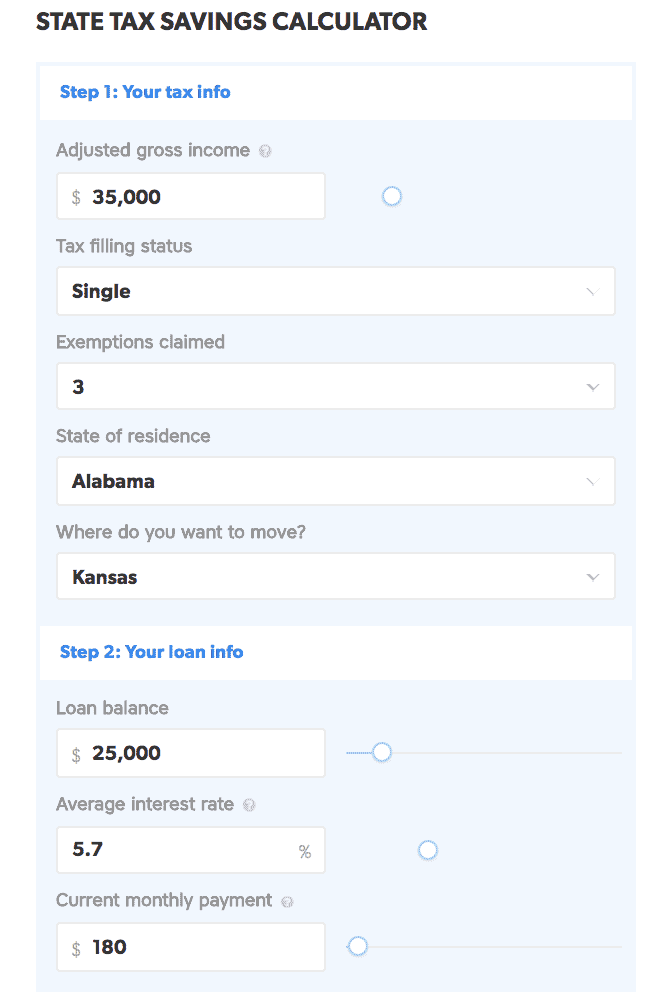
We learned that moving to a state with no income tax would save the average person $1,977 per year. We also found that nearly one out of three people said they would move to an income tax-free state if it meant they’d save money.
Although this number seems fairly high, it’s not all that surprising that debt, taxes, and finances affect where people choose to live.
If you’re interested in how moving could affect your finances, check out the state tax savings calculator in the study. It compares costs between two states and reveals how moving would impact your student loans.
If you’re considering a move, be sure to compare the cost of living between your current and prospective cities. But if you’re focusing on state income taxes, the calculator reveals how much you could save year to year.
For example, let’s say you’re living in Oregon and making $60,000 per year. You only have one exemption, and you owe $25,000 in student loans at a 5.70% interest rate. By moving up to Washington, you could save $4,777 per year on state income taxes.
If you put those savings toward your student loans, you could get out of debt 67 months earlier and save $7,193 on interest.
Should you move to pay off your student loans faster?
Although I’ve been discussing how much you can save by moving to another state, there are expenses involved in relocating. For one, you have to pay for the move itself. Plus, you must make sure the new destination has job opportunities in your field unless you’re capable of working remotely.
If you’re considering a move, ask yourself these essential questions:
- Can I find a job in my line of work?
- Can I work remotely in my current role?
- How much in moving expenses will I have to cover?
- What will my new cost of living look like?
- Is the new state a good fit for me in terms of climate, culture and other factors?
You might also estimate your moving costs with HireAHelper’s moving cost calculator. This tool gives you a quote based on your old and new zip codes so you can prepare for the expenses of your move. The great news is that there are many moving options to considerably lower your moving costs, which you can read about here.
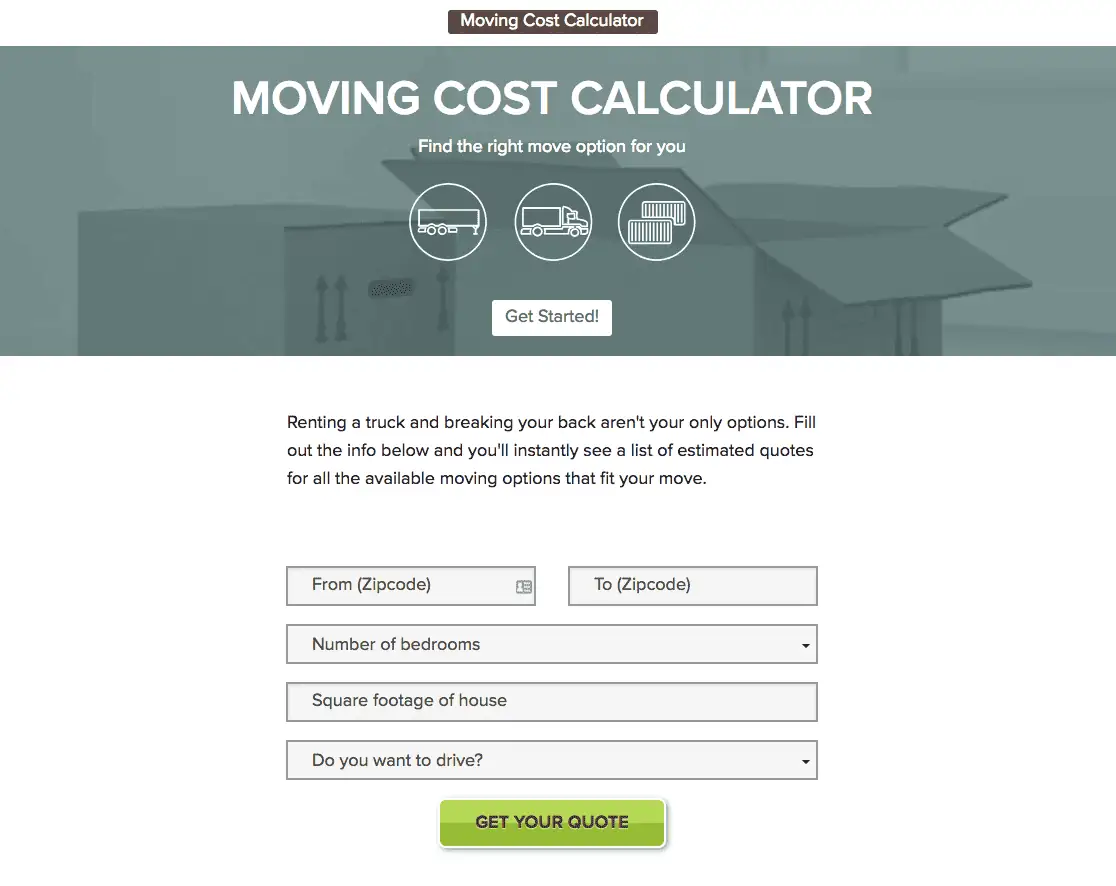
As long as you’ve done your due diligence, moving could be a smart financial move. With the money you save by choosing an affordable city over an expensive one, you could pay off your student loans ahead of schedule and move closer to a debt-free life.
Saving money, by the way, might not be the only perk in moving. In Austin, I now enjoy 228 days of sunshine, not to mention some of the best tacos I’ve ever had.


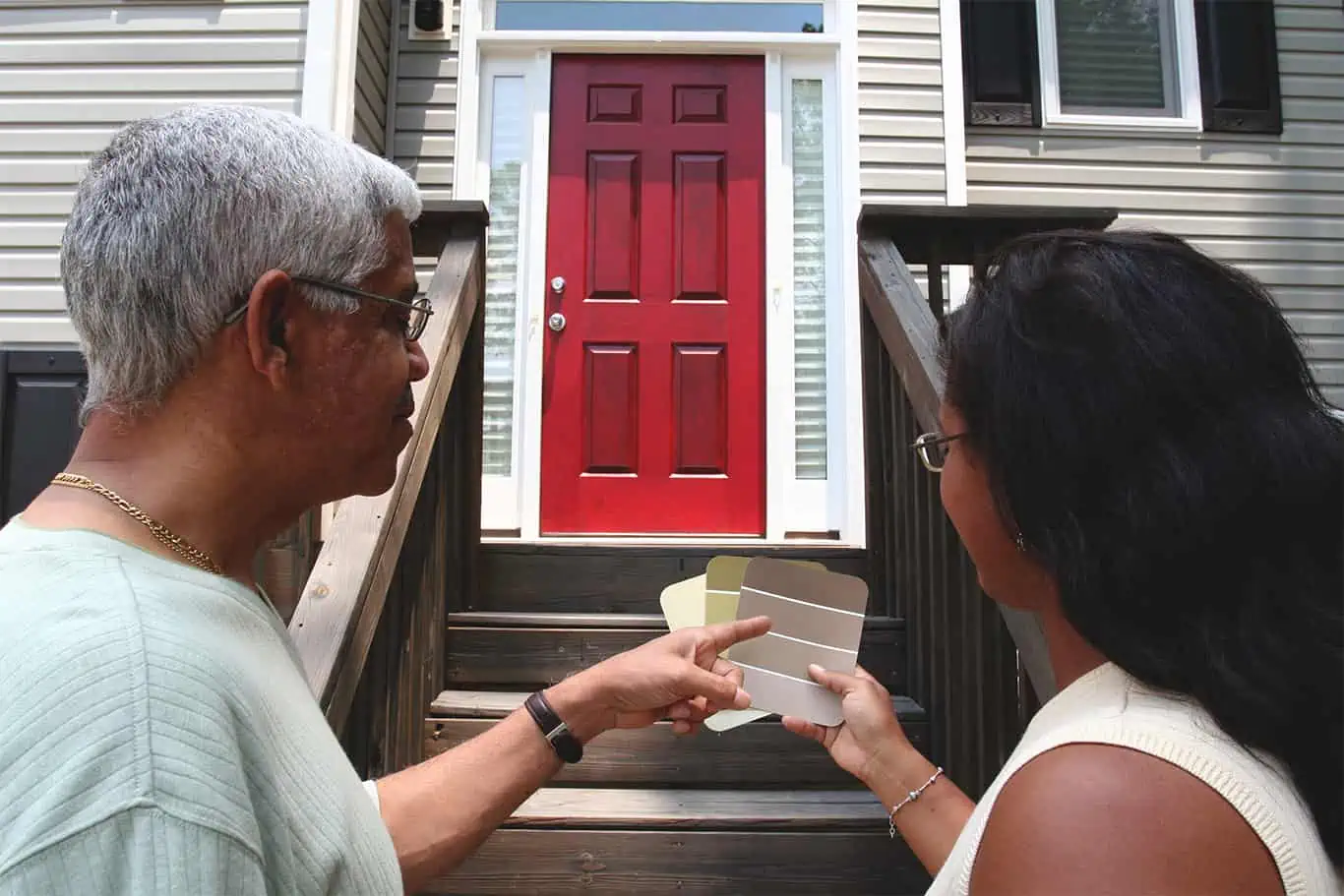







 Truck rental places don’t always have their stuff in order, so before you drive off the rental truck lot, make sure all these things are done:
Truck rental places don’t always have their stuff in order, so before you drive off the rental truck lot, make sure all these things are done:



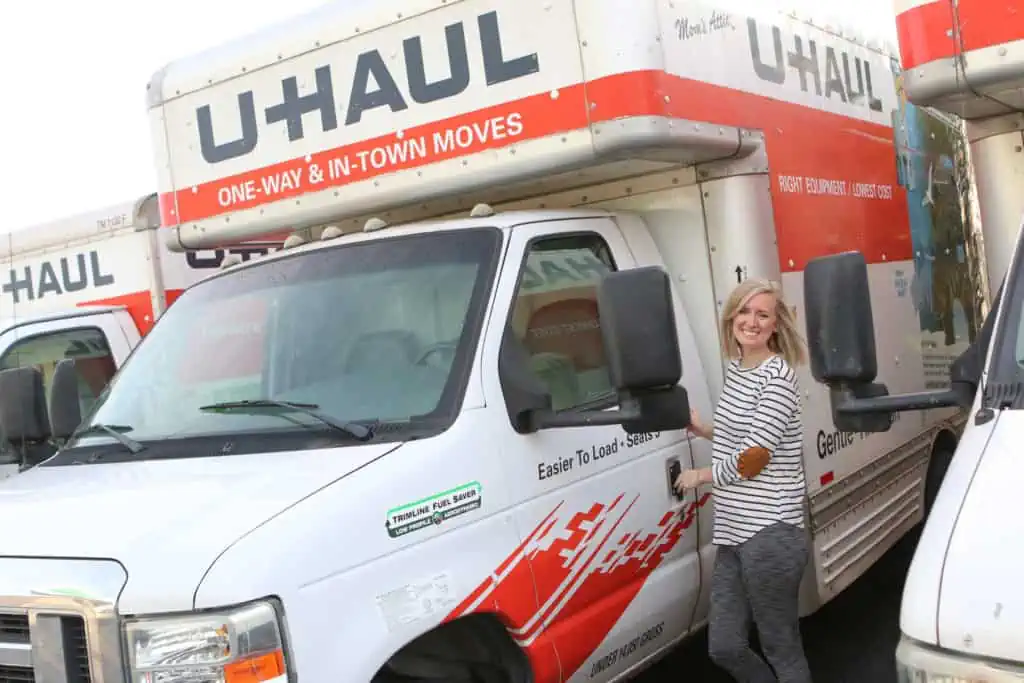

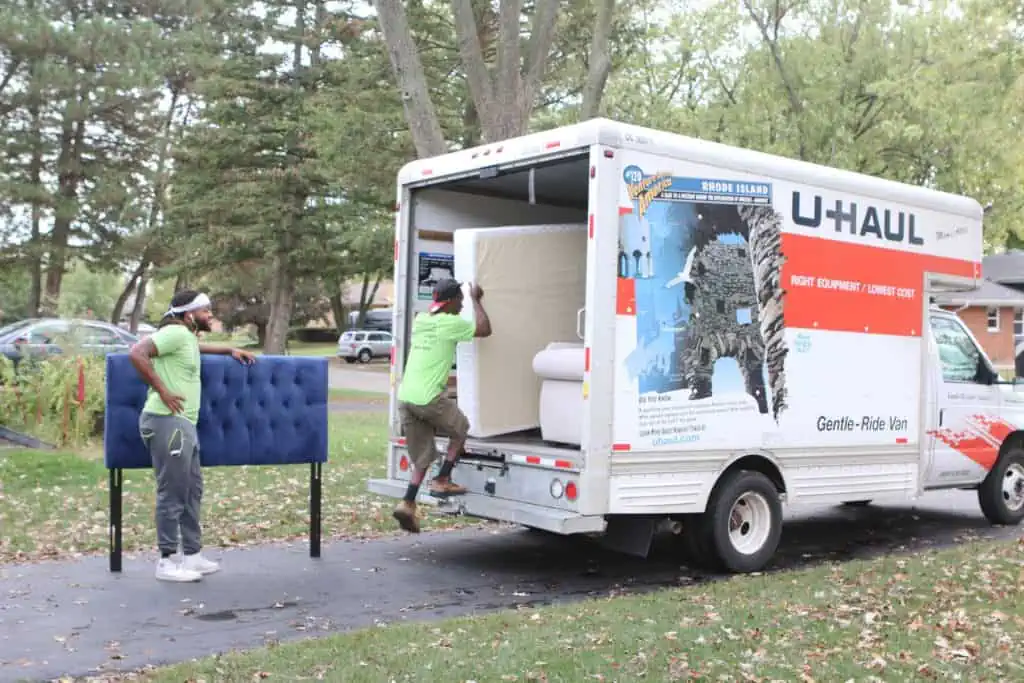
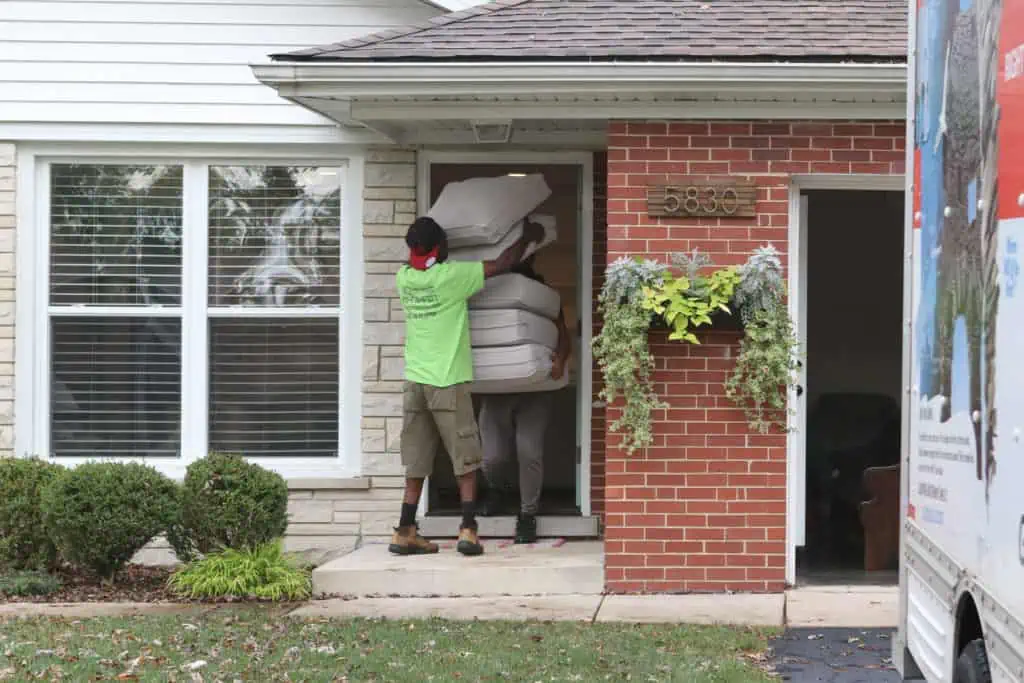
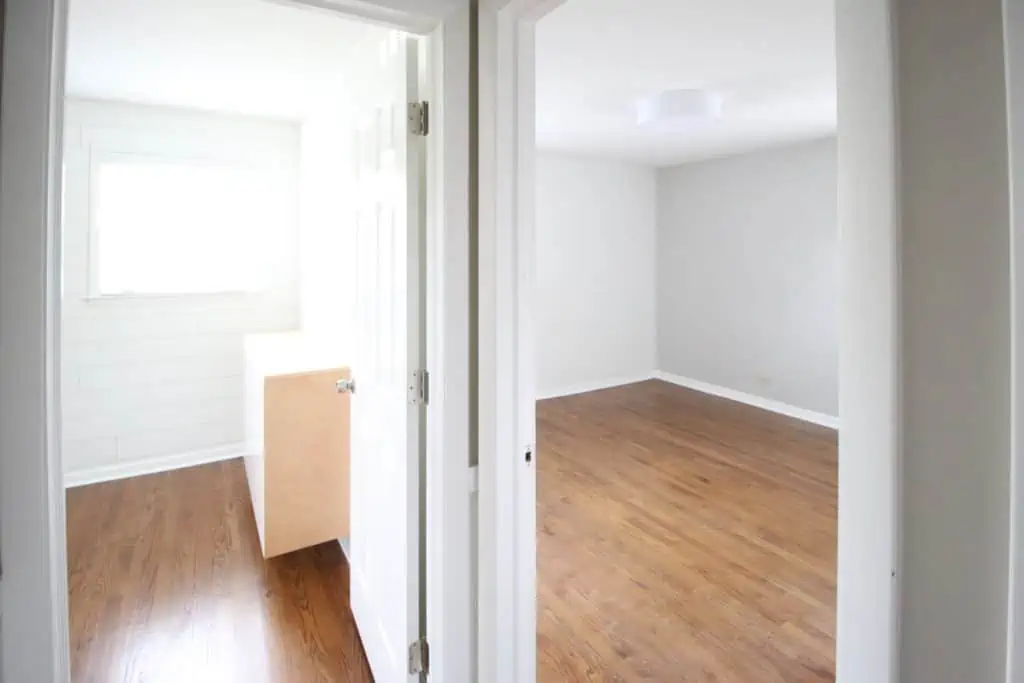
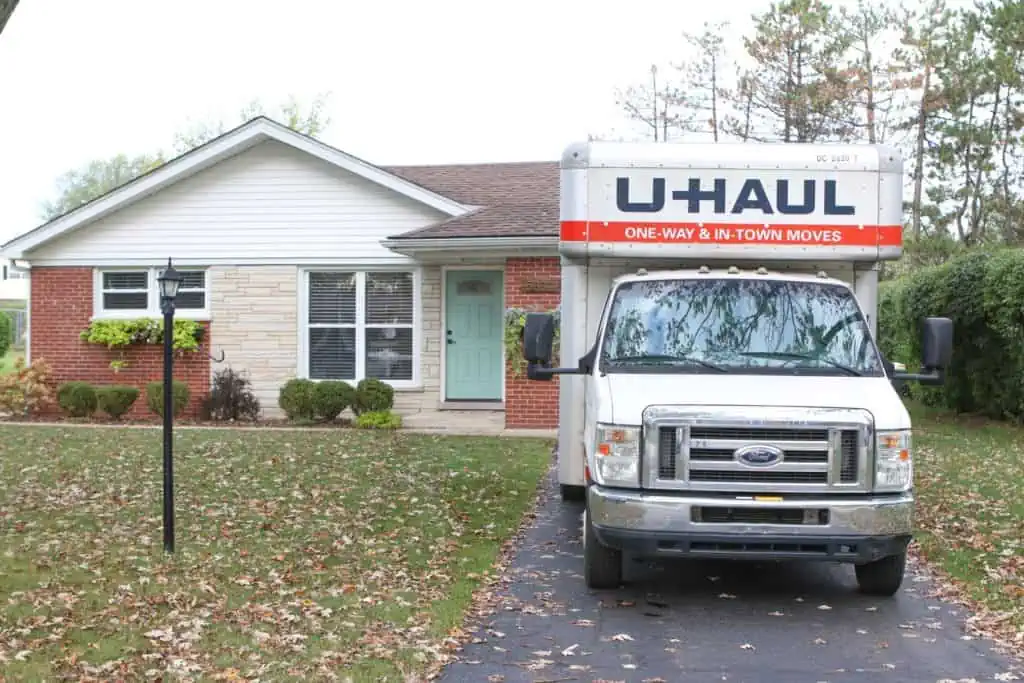


 There are also things you can do yourself to decrease your chances of being victimized. Using a lock the facility provides may be convenient, but your better bet is to get your own lock. Law enforcement types and criminals alike will tell you that a padlock is no match for the well-equipped thief. A
There are also things you can do yourself to decrease your chances of being victimized. Using a lock the facility provides may be convenient, but your better bet is to get your own lock. Law enforcement types and criminals alike will tell you that a padlock is no match for the well-equipped thief. A 
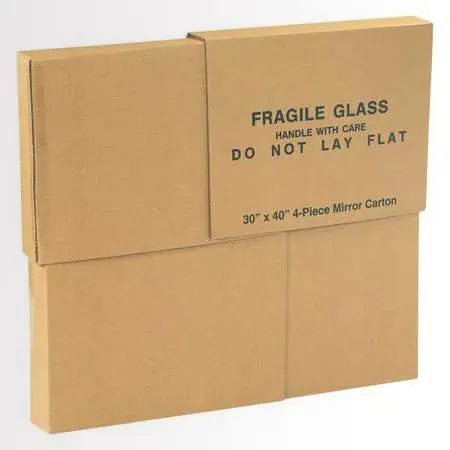
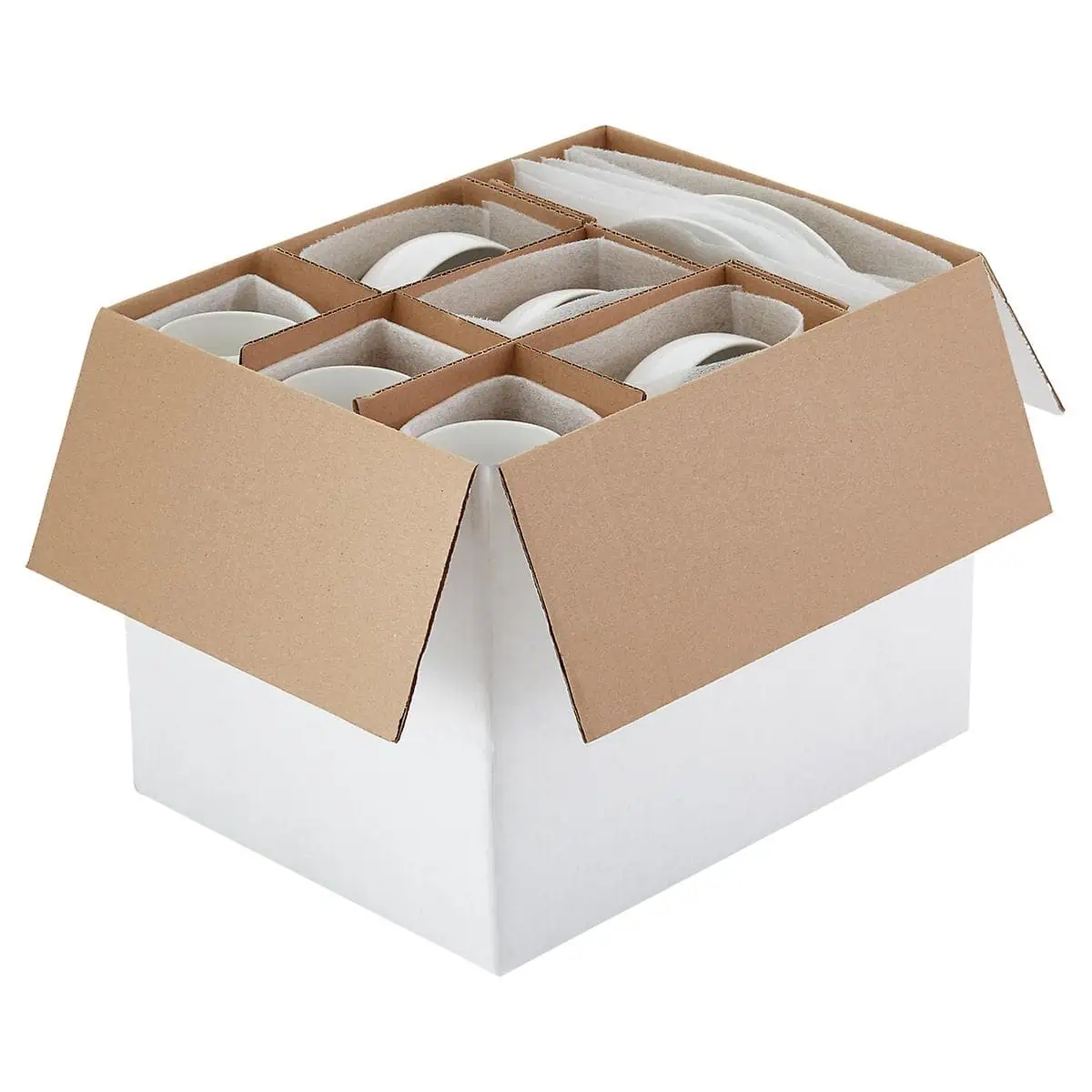
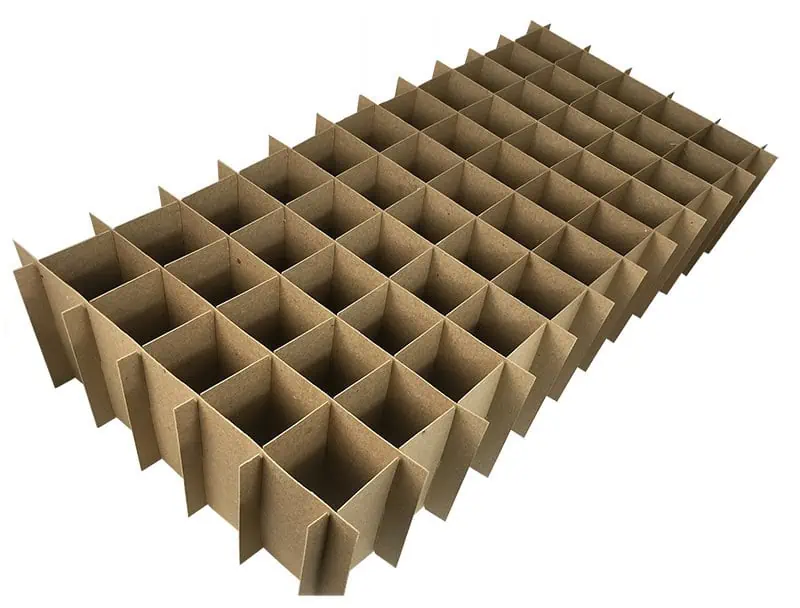
 You may like the idea of those Styrofoam nuggets, but in general, they are bulky, costly, and non-biodegradable. The eco-friendly alternative cornstarch peanuts are even more expensive and don’t make for a very satisfying snack, no matter how hungry you are at the end of your move. Plus, they end up getting scattered all over the floor and clinging to your clothes. In short, use (and eat) them if you like, but I don’t recommend them.
You may like the idea of those Styrofoam nuggets, but in general, they are bulky, costly, and non-biodegradable. The eco-friendly alternative cornstarch peanuts are even more expensive and don’t make for a very satisfying snack, no matter how hungry you are at the end of your move. Plus, they end up getting scattered all over the floor and clinging to your clothes. In short, use (and eat) them if you like, but I don’t recommend them.